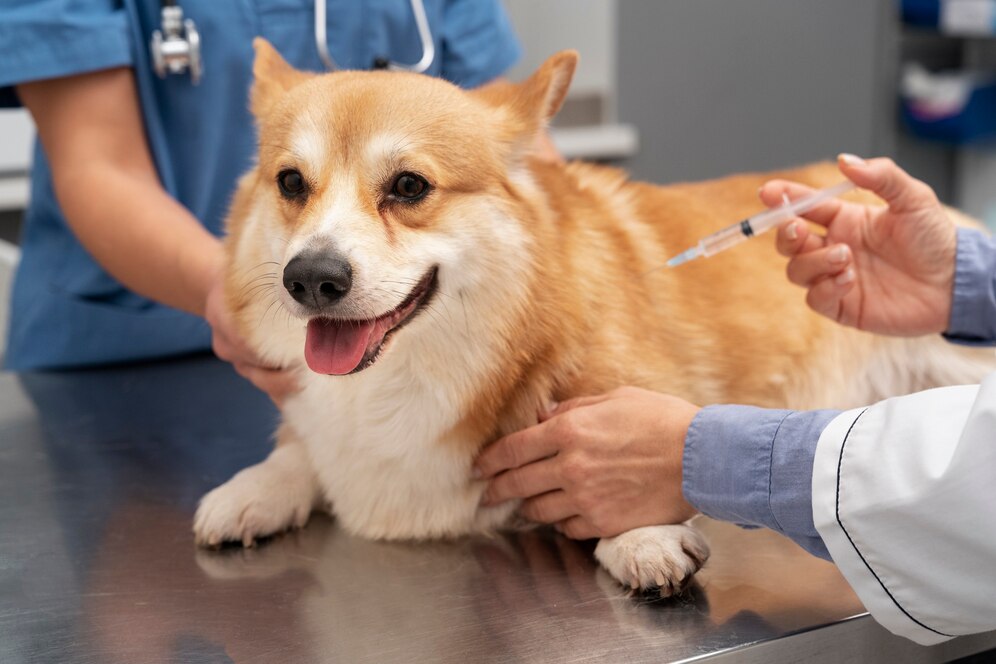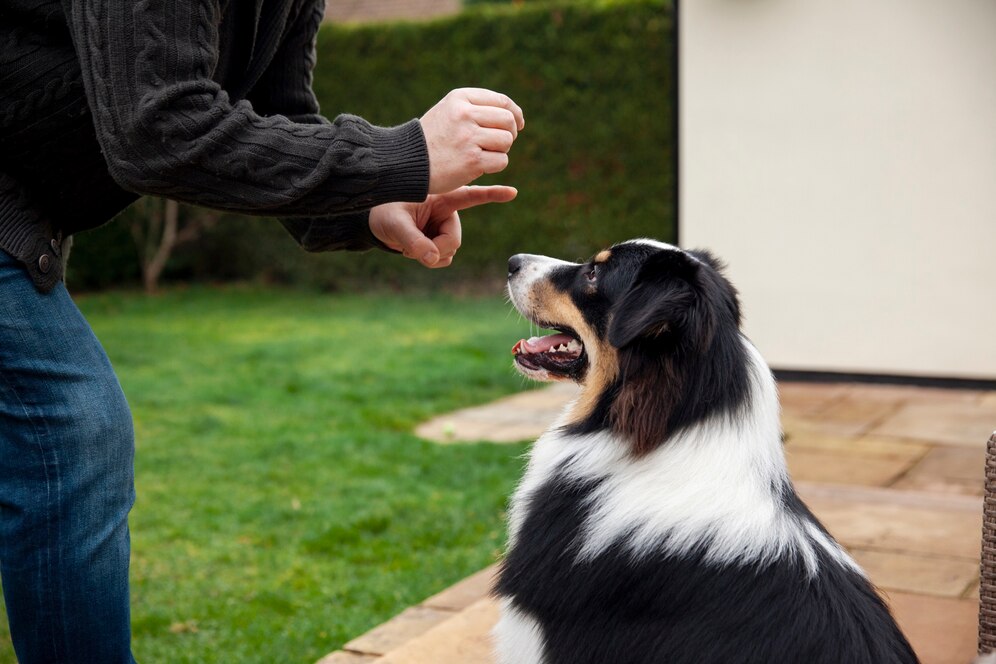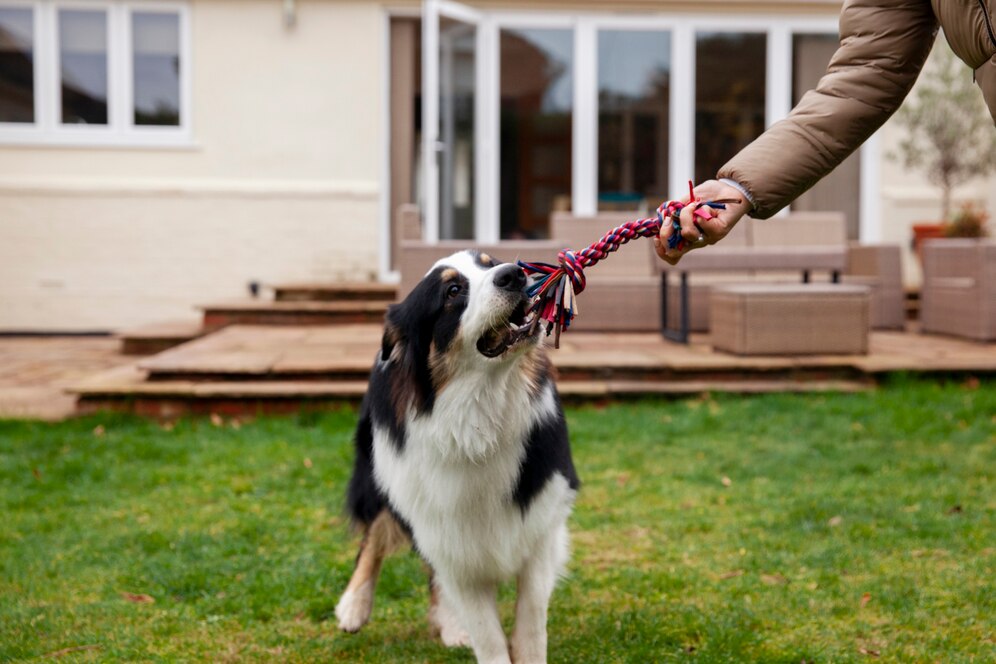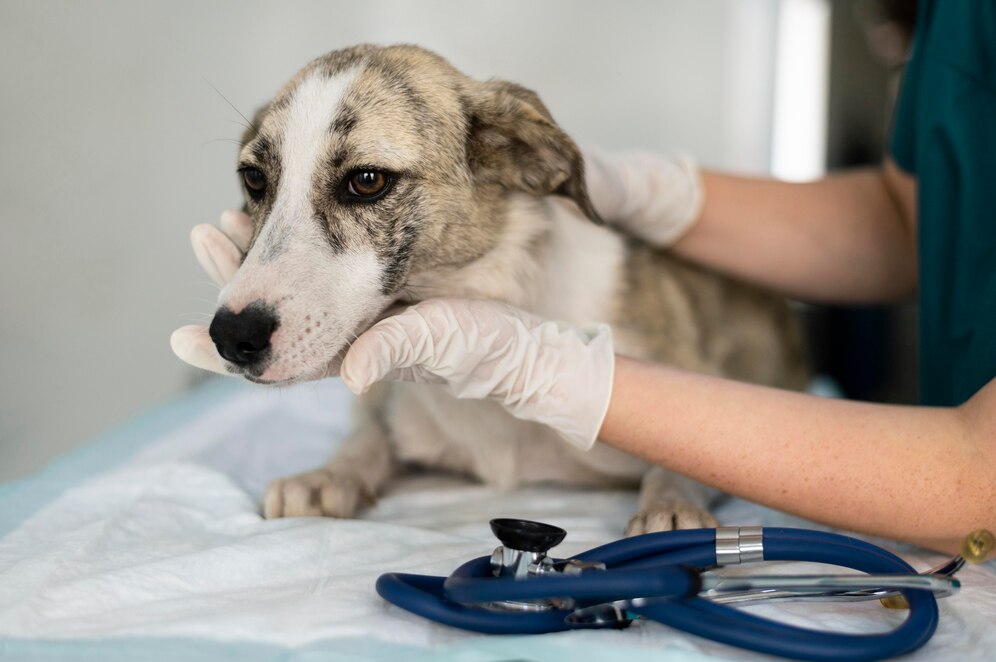Training a dog is not just about teaching them commands; it's about building a solid bond, promoting good behavior, and ensuring a harmonious relationship with your furry companion. Pragmatic obedience training requires patience, consistency, and an understanding of canine behavior. This comprehensive guide will explore the essential steps for successful obedience training for dogs, from laying the groundwork to incorporating exercise into daily life.
Understanding Dog Behavior
Before embarking on the training journey, it's crucial to understand how dogs perceive and interact with the world around them. Dogs are highly social animals, and their behavior is influenced by a combination of instincts, experiences, and learned responses. Recognizing their body language, vocalizations, and motivations can help you communicate more effectively and tailor the obedience training for dogs accordingly.
For example, a dog that exhibits signs of fear, such as cowering, trembling, or tucking their tail, may require a gentler, more positive approach to training. On the other hand, a dog that displays confident or assertive behavior, like standing tall, pulling on the leash, or barking, may benefit from firm and clear boundaries during training sessions.
Setting Clear Goals and Expectations
Clearly defining your goals and expectations is the foundation of obedience training for dogs. What behaviors would you like your dog to learn or modify? Do you want to focus on basic obedience commands like sit, stay, come, and heel? Or are you aiming for more advanced tricks or specialized training, like agility or scent work? Setting specific, achievable goals will help you create a structured training plan and measure your progress.
For instance, if your primary goal is a well-mannered dog that responds reliably to basic commands, you might focus on mastering skills like sit, stay, come when called, and loose leash walking. If you're interested in competitive obedience or agility, your goals may include more advanced commands and exercises tailored to those disciplines.
Positive Reinforcement Techniques
Positive reinforcement is regarded as the most effective and humane approach to obedience training for dogs. This method involves rewarding desirable behaviors with something - the dog values, such as treats, praise, or playtime. By consistently reinforcing good behavior, you reinforce the likelihood of that behavior being repeated. Positive reinforcement strengthens the bond between you and your dog and creates a positive association with the training process.
One effective positive reinforcement technique in obedience training for dogs is clicker training. This method uses a distinct sound (like a click from a clicker) to mark the desired behavior, followed by a treat or other reward. This method helps dogs associate the reward with the specific action you want them to repeat.
Another approach is using high-value treats or toys as rewards during training sessions. Experimenting and finding what motivates your dog the most is essential, as different rewards may drive different dogs.
Establishing Basic Commands
Before advancing to more complex training, it's essential to establish a solid foundation with basic obedience commands. Start with simple cues like "sit," "stay," "come," and "heel." Break each command into small, manageable steps, and reward your dog's progress with positive reinforcement. Consistency is vital; ensure that all family members use the same cues and reward system to avoid confusion.
For example, when teaching the "sit" command, you might start by capturing the behavior—rewarding your dog when it naturally sits independently. Then, you can introduce the verbal cue "sit" and reward it when it complies. Gradually increase the difficulty by adding distance or distractions, but consistently reward success.
Consistency and Patience
Obedience training for dogs requires significant time, effort, and patience. It's essential to maintain consistency in your training approach, using the same cues, rewards, and techniques consistently. Dogs thrive on routine and predictability; inconsistent training can lead to confusion and setbacks. Remember that dogs learn at their own pace, and progress may seem slow. Celebrate small victories and remain patient throughout the process.
It's also important to ensure that all family members are on the same page regarding training. If one person allows a behavior that another is trying to discourage, it can be confusing and undermine the training process. Establish clear guidelines and expectations for everyone involved in your dog's training.
Addressing Challenges and Correcting Behavior
You may encounter challenges or unwanted behaviors even with the most diligent training efforts. When addressing these issues, it's crucial to understand the underlying causes and respond appropriately. Positive reinforcement should be the primary tool, but in some cases, mild corrections or redirections may be necessary. However, it's essential to avoid harsh punishments or physical force, as these can damage the trust and bond between you and your dog and may even exacerbate the problem behavior.
For example, if your dog jumps on guests, you might redirect their energy by asking for different behaviors, like sitting or lying down, and rewarding them when they comply. If they continue to jump, you could temporarily remove them from the situation and try again later rather than scolding or punishing them.
Unlock Your Dog's Full Potential with Expert Training Tips
Effective obedience training for dogs is a journey that requires commitment, patience, and a deep understanding of your canine companion's needs and behavior. By following the essential steps outlined in this guide – understanding dog behavior, setting clear goals, using positive reinforcement techniques, establishing basic commands, maintaining consistency, addressing challenges appropriately, and building a strong bond –you can create a well-trained, well-behaved, and happy dog that will be a joy to have in your life for years to come.
Remember, training is an ongoing process, and even the most well-trained dogs require regular reinforcement and practice. Embrace the journey, celebrate the successes, and enjoy the incredible bond that develops between you and your furry friend through the training process.






.jpg)